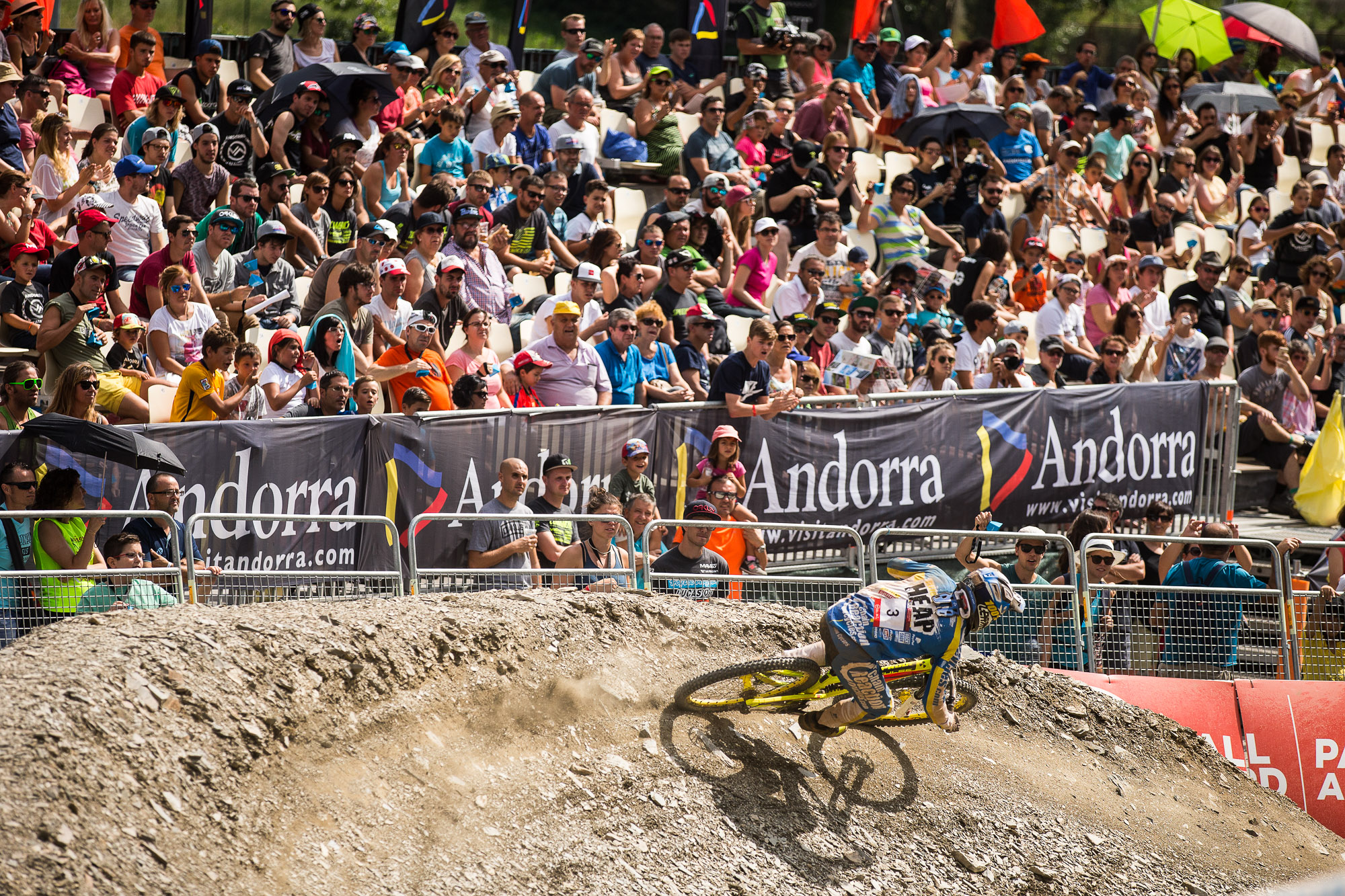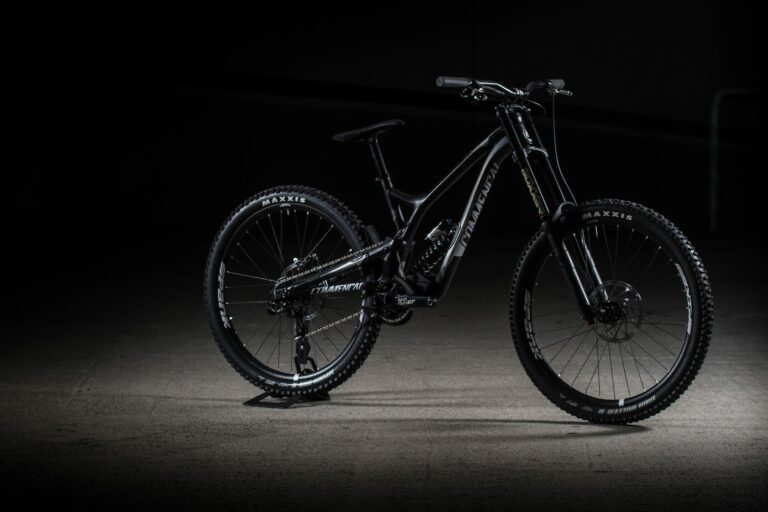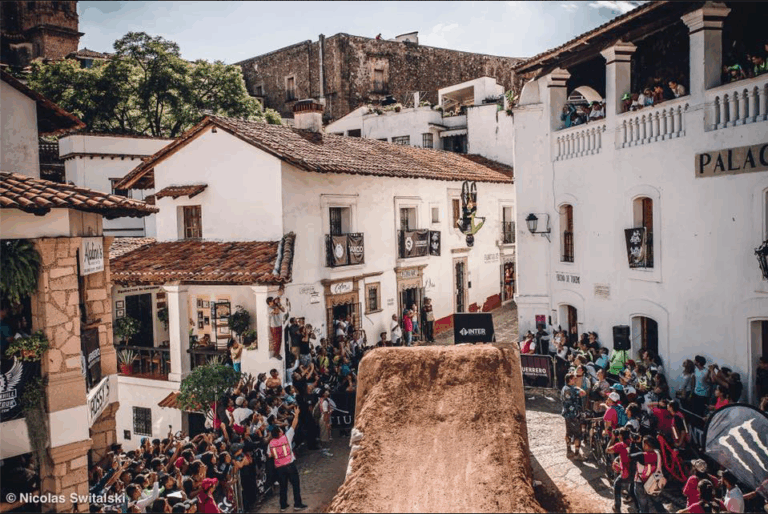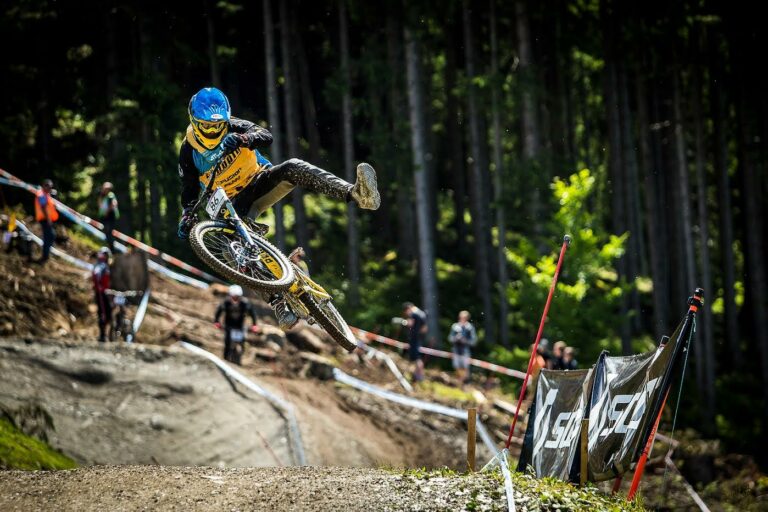The UCI yesterday announced new rules to reduce the field size at downhill World Cups.
Photos: Seb Schiek
We’ve spoken to Simon Burney, the MTB co-ordinator of the UCI, and got the lowdown on how these changes will work. Thankfully, it seems they won’t be as drastic as some have feared.
The changes have been made in conjunction with the managers from the top 15 teams and the UCI is hoping to carry on using their input in future for further World Cup changes. There’s a general consensus that there’s “not that much wrong with it” though, so we’re unlikely to see any huge changes in future.
Here’s a run down of the changes:
Junior Women
The Junior Women will now be given their own category in the World Cup series, not, as the press release seemed to indicate, totally separate events. At the moment they are lumped in with the senior women so hopefully this will give them more exposure and fairer racing opportunities.
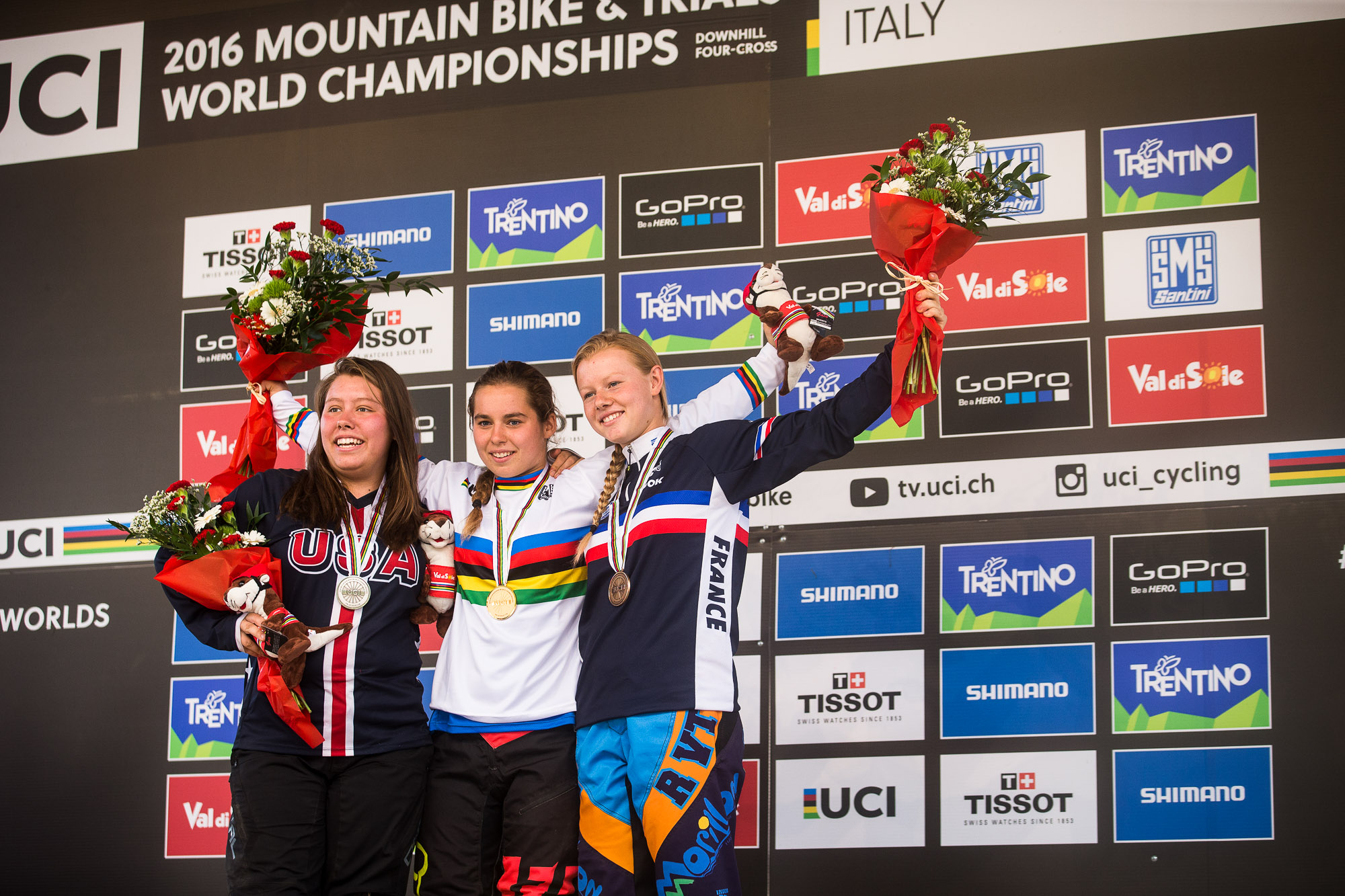
At the moment roughly 3-7 junior women turn up at World Cups but hopefully this new category will give them the boost the Junior Men’s field experienced and provide a healthy feeder for them to progress into the senior ranks.
Every junior woman that registers (and completes the mandatory two practice runs) will automatically make the finals too, giving them more track time and experience.
New World Cup Schedule
The race days of the World Cups are going to look a bit different. Here’s a rough outline:
Morning Practice
Junior Women finals
Junior Men finals
Elite Men practice
Elite Women finals
Elite Men finals
The big change here is an extra practice session for the Elite Men between the Junior races and the Elite finals. This has been included as conditions can change hugely between Morning Practice at 8am and their race runs at 2pm.
Elite Men are still allowed in the Morning Practice but fewer are expected to take the opportunity, making it more useful for the women and juniors too.
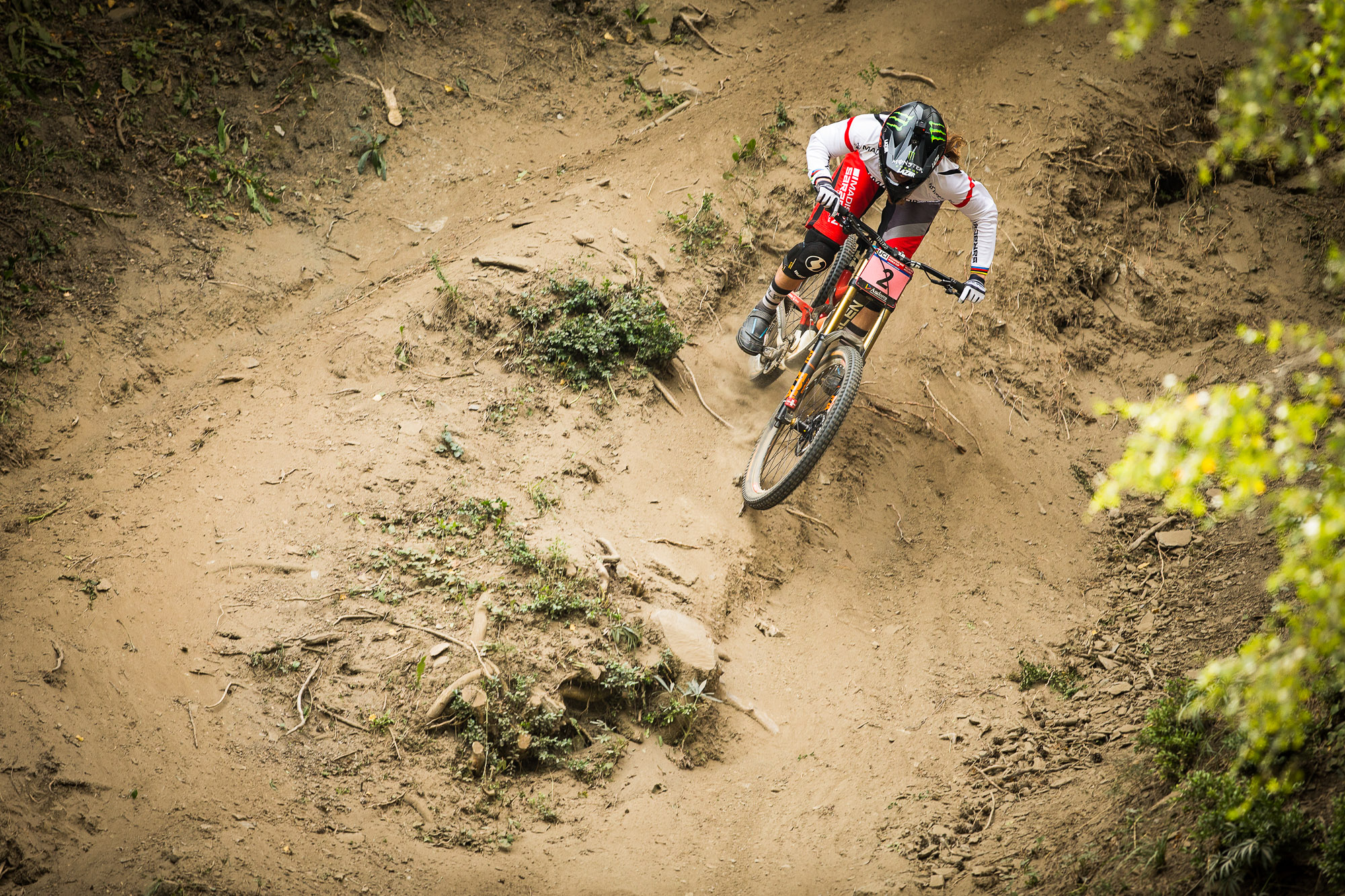
UCI Point increases
The minimum number of points needed for a World Cup has been raised from 30-40. This may seem significant but in truth there are still 389 men and 185 women eligible for World Cups. The hope is that it will shrink the field from 180/190 to around 160/170 – just cutting out those weaker riders who turn up and only end up hurting themselves.
The UCI increased the number of points from 20 to 30 last year and were surprised to find that the number of riders didn’t actually fall that much. Their theory is that the riders who wanted to race World Cup were now entering more local and national races, which has to be a positive.
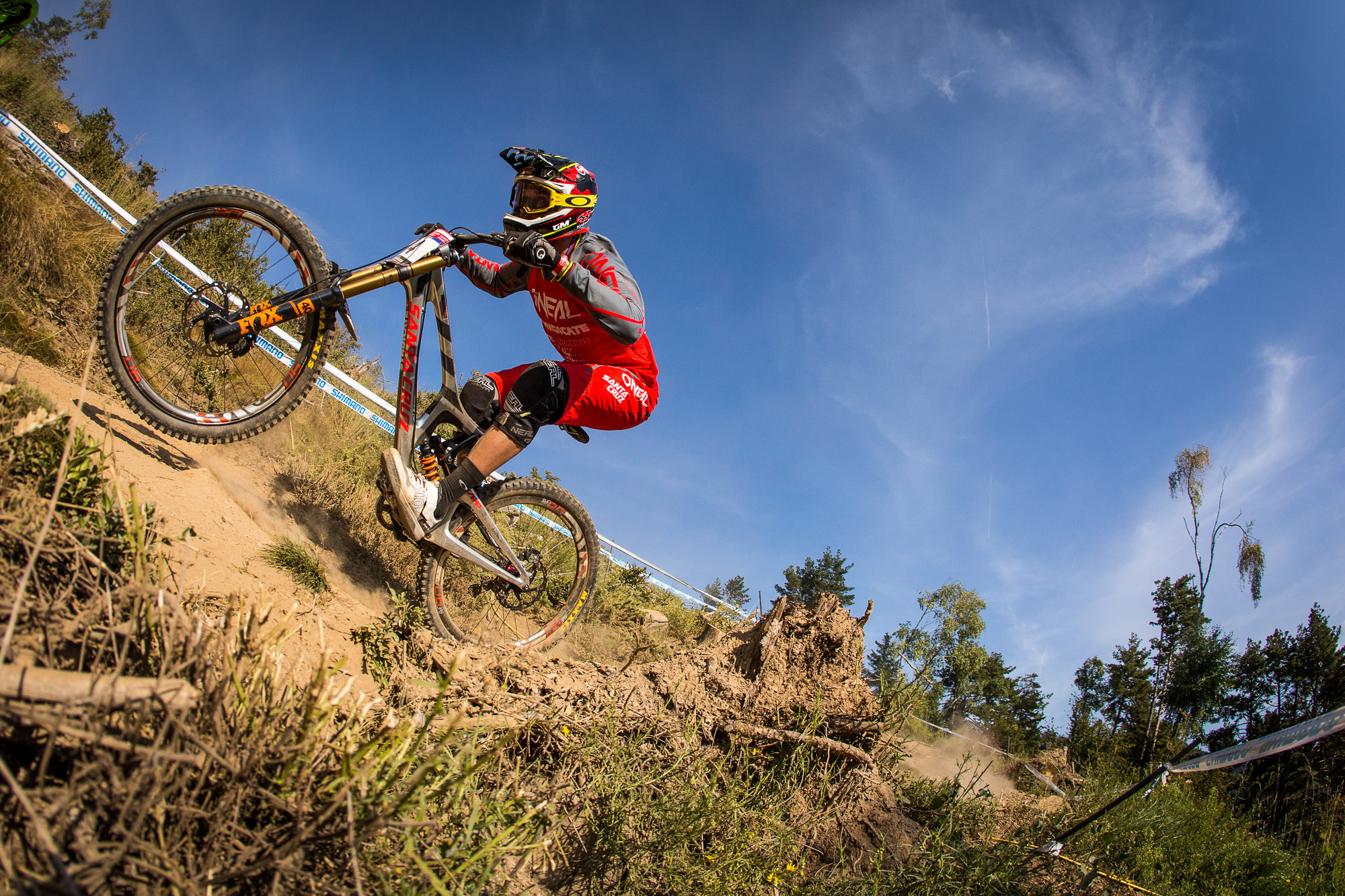
Cutting Field sizes
The Elite Women’s finals are being cut to 15 (down from 20), plus protected riders, while the Junior Men’s field is being cut to 20 (from 30).
Leogang was the busiest World Cup with 42 Elite Women and 71 Juniors attending, this means only roughly one in three riders would have made it to the finals under the new rules. However, at rounds outside of Europe the fields are far smaller and turning up was basically enough to qualify under the old rules.
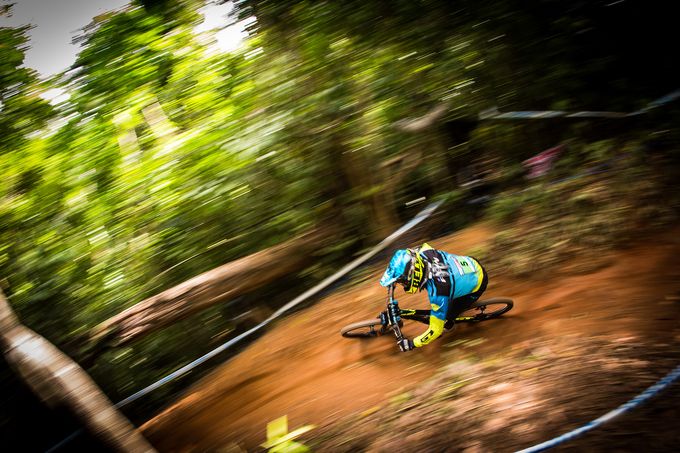
Will it hurt participation?
The UCI’s line on this is “if you’re good enough, you’ll get in”. The gap at Mont Sainte Anne between Rachel Atherton and the 20th was 1:20, whereas it was only 35 seconds to 15th. It’s a tough call but the UCI has to make it somewhere, and for now 15th seems to be the place.
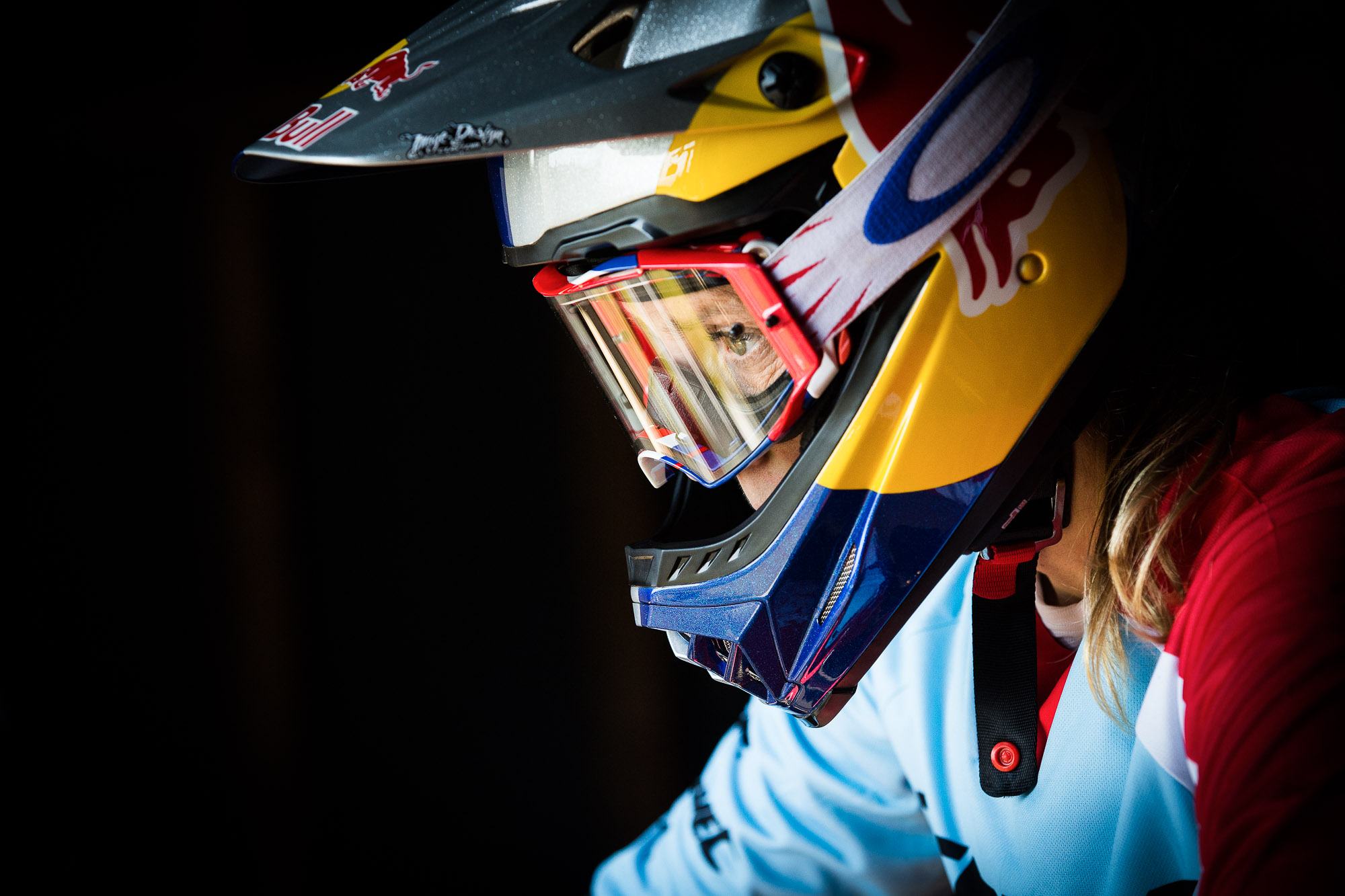
It’s a chicken and egg quandry with the women’s field. Let’s hope that the smaller opportunity to make the finals will not dissuade women from entering.
What about Red Bull?
The UCI is not hiding the fact these changes are about producing a better product for the TV audience. Brian Cookson, the UCI president, said: “We need to be brave and embrace change in order to give our sport real meaning to those who are watching live or on screens across the world.”
Of course, Red Bull wants to show only the top riders with as little waiting around as possible and this means a cut in riders was necessary.
The Red Bull coverage is undergoing some changes itself though. The women are going to be getting their own pre-show segment before the race. Then the men will get their pre-show between the two races. Shining more of a spotlight on the women’s racing has to be good for the sport.
The protected rider system has now also been split in two, with half the riders going before the 20th placed qualifier and half before the tenth placed qualifier. This should give more airtime to those that qualified in the top 20 on merit.

